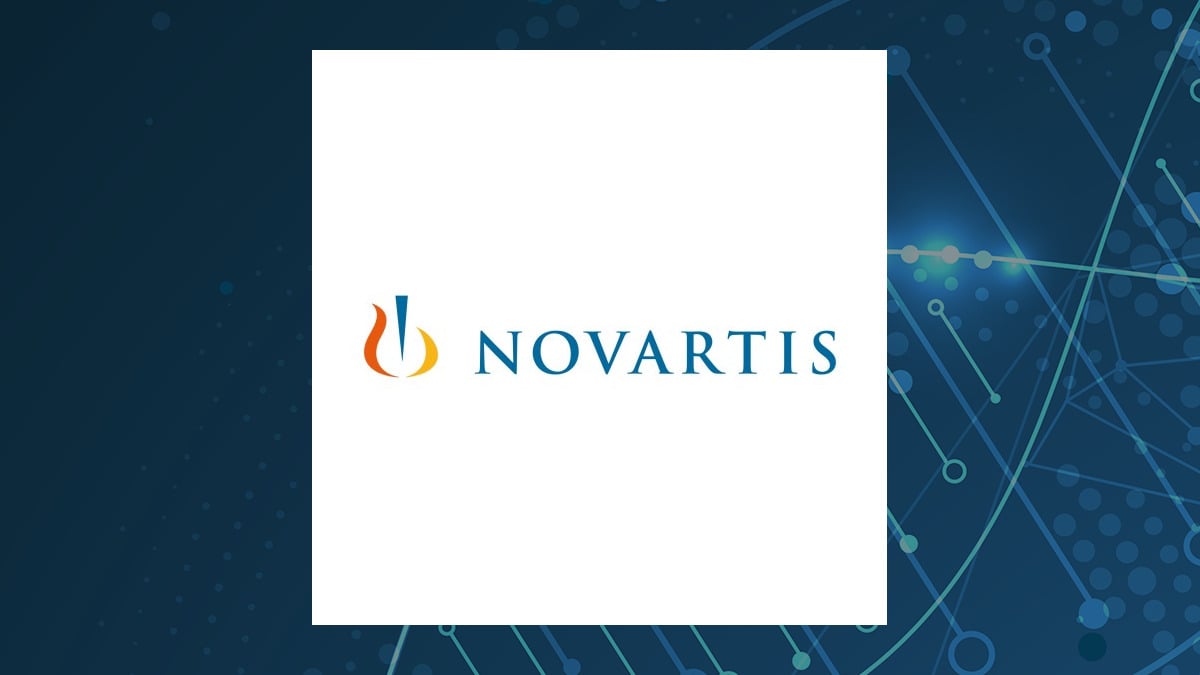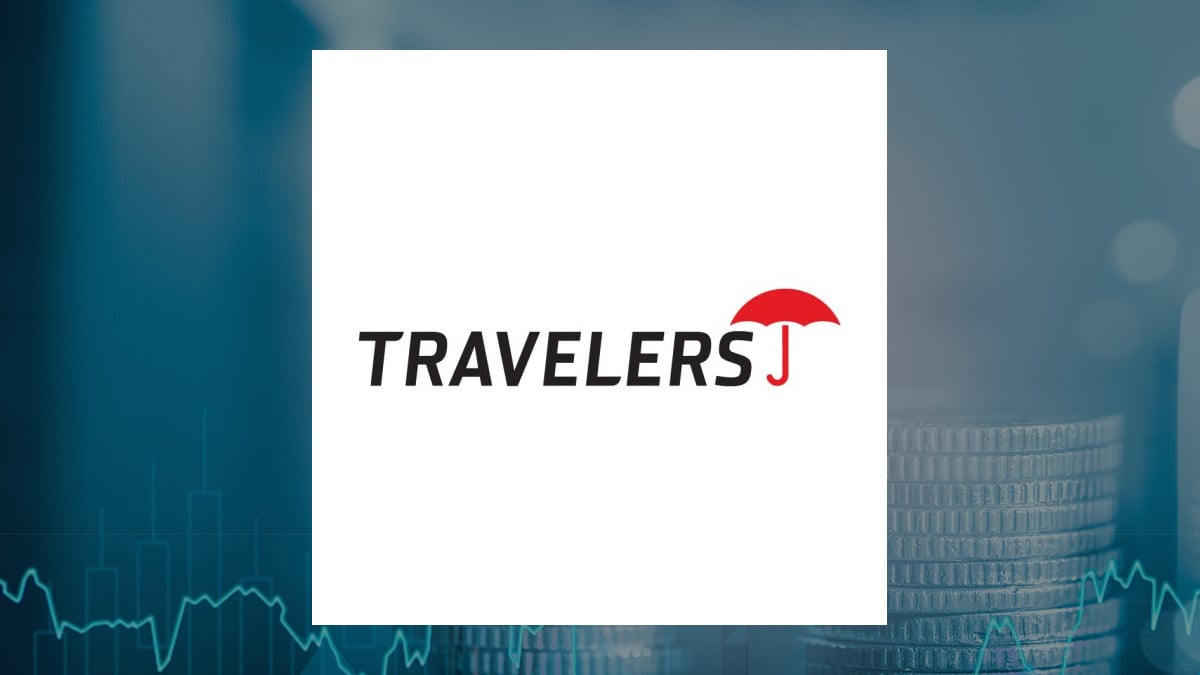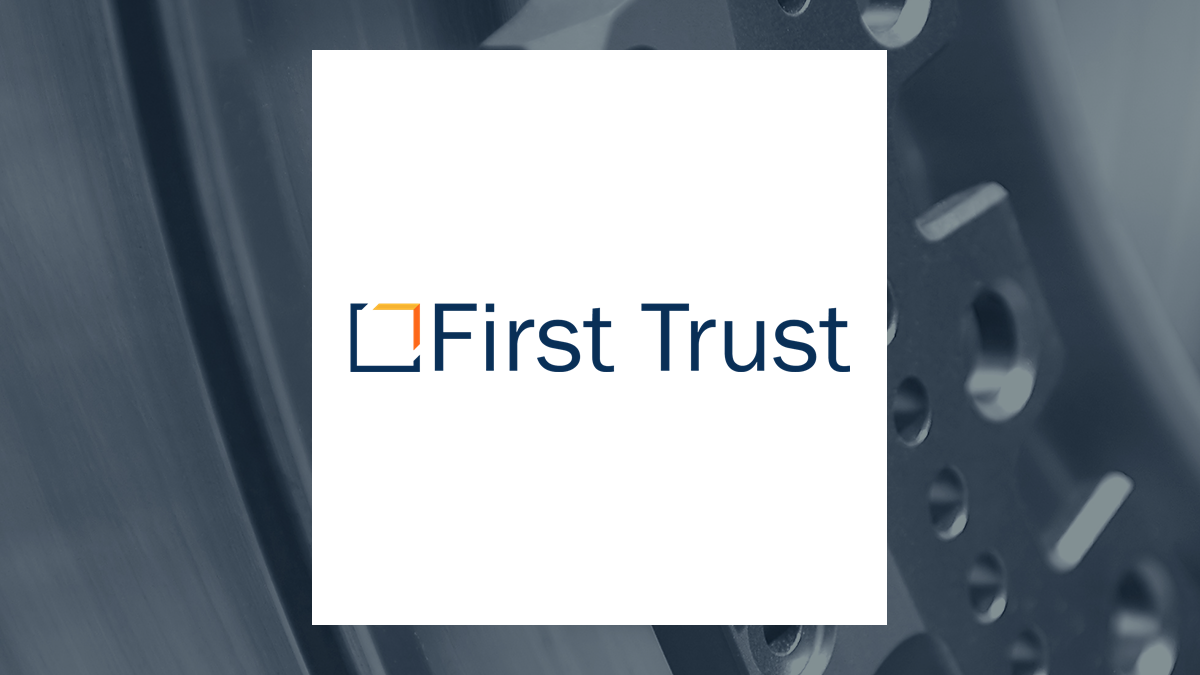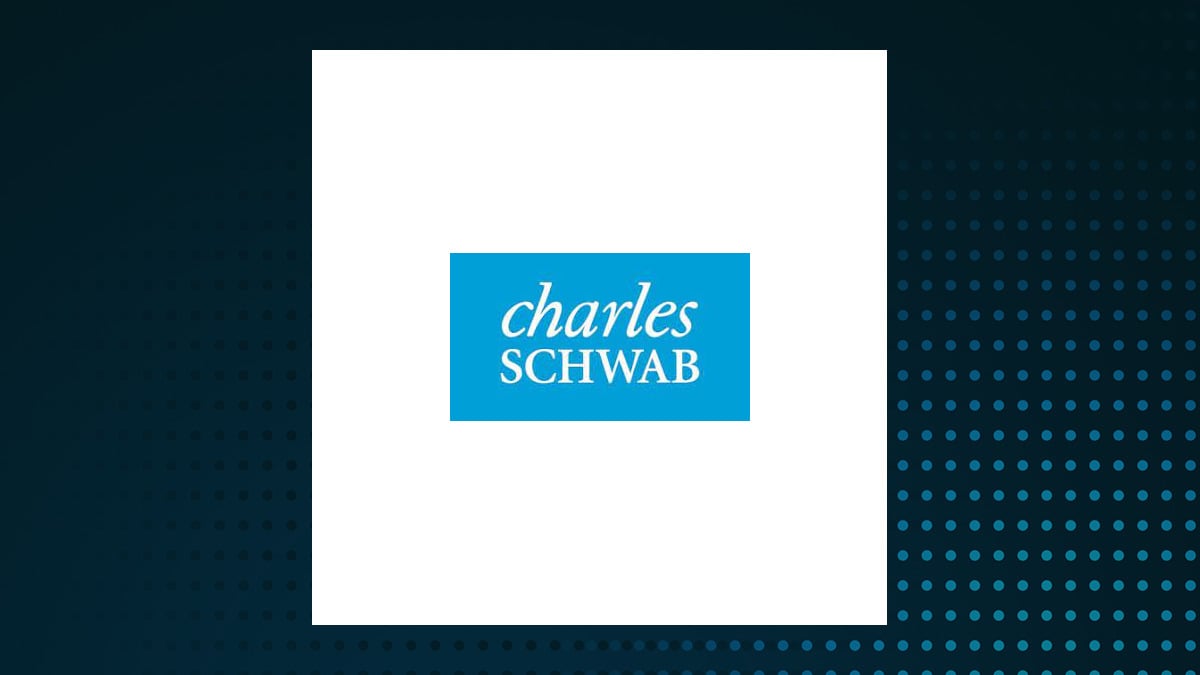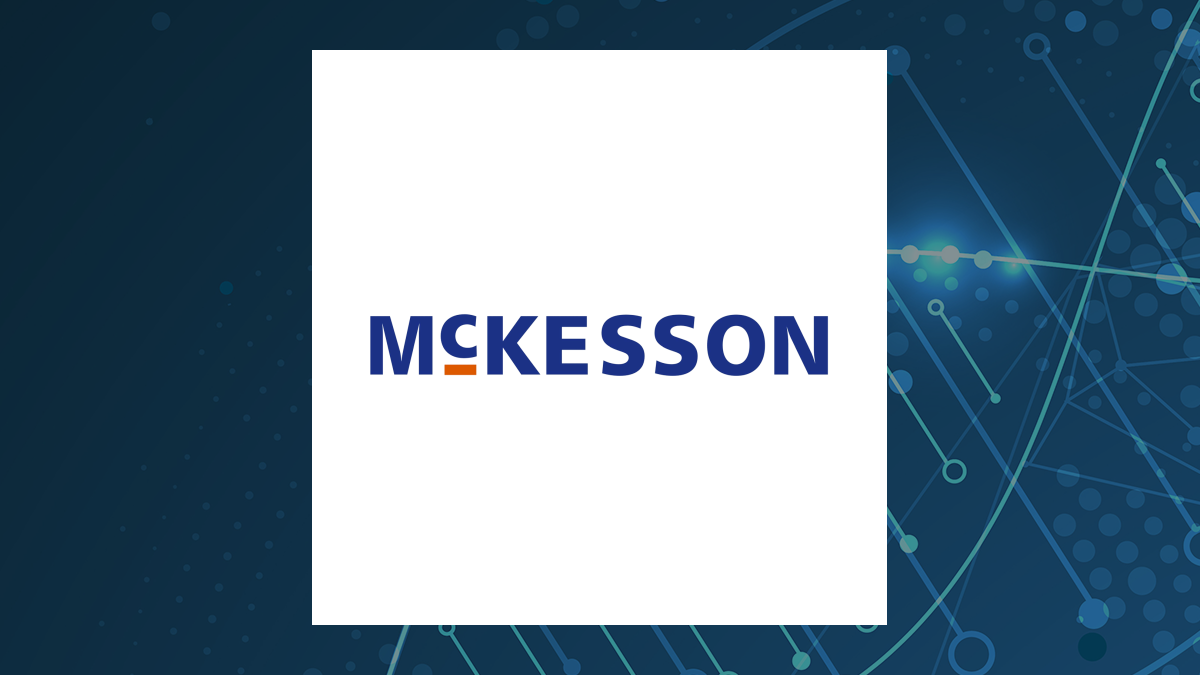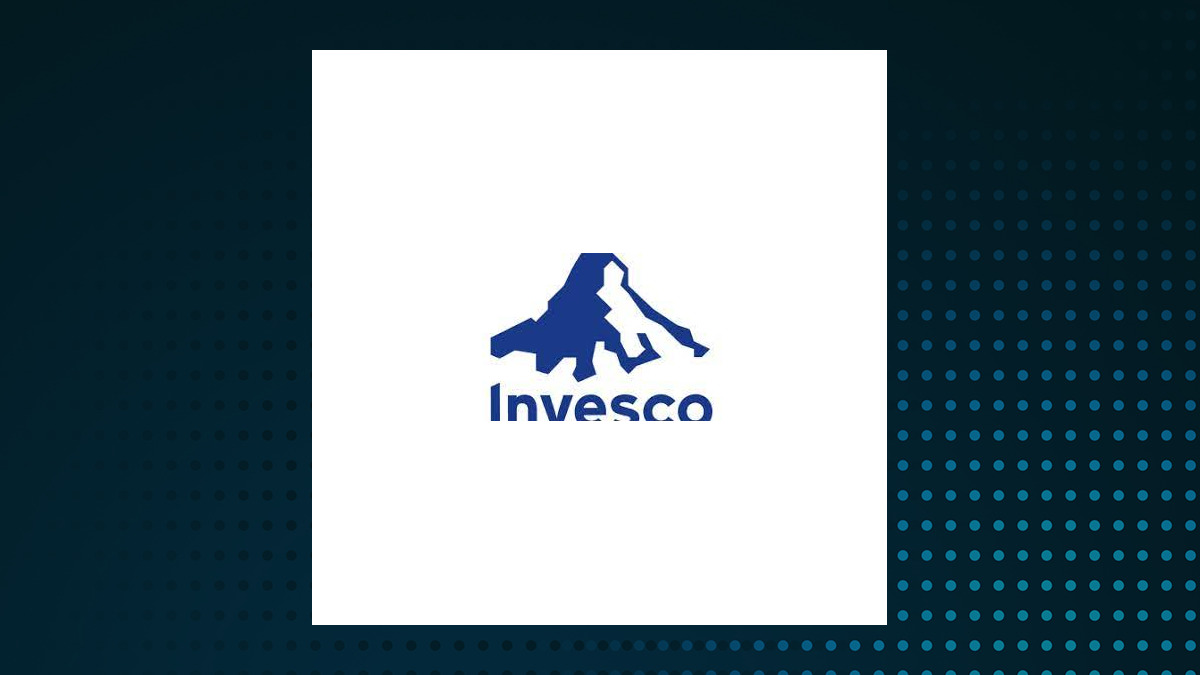
As organizations strive to integrate security throughout the software development lifecycle, DevSecOps has emerged as a vital approach. DevSecOps, short for Development, Security, and Operations, emphasizes the importance of incorporating security practices right from the start of the development process. This shift-left strategy ensures that potential security issues are identified and addressed early, reducing risks and enhancing overall application security.
To implement DevSecOps effectively, organizations leverage various frameworks that provide the tools, methodologies, and best practices needed for secure development. In this article, we explore the top DevSecOps frameworks that can help you build secure software in 2024. The OWASP DevSecOps Maturity Model (DSOMM) is an open-source framework designed to help organizations assess and improve their DevSecOps practices.

The model provides a structured approach to integrate security into DevOps processes by focusing on various maturity levels and capabilities across multiple domains, including secure coding, automated security testing, and incident response. Maturity Assessment: Provides a comprehensive assessment tool to evaluate an organization’s current DevSecOps practices and identify areas for improvement. Guidance on Best Practices: Offers detailed guidance on integrating security into different phases of the DevOps lifecycle, from planning and coding to deployment and monitoring.
Customizable: Allows organizations to adapt the model to their specific needs and security requirements. Helps organizations establish a clear roadmap for achieving DevSecOps maturity. Encourages continuous improvement through regular assessments and benchmarking.
Promotes a culture of security within the development and operations teams. While the DORA framework primarily focuses on DevOps performance, it also emphasizes the importance of security within the DevOps process. Google Cloud's DORA framework provides a comprehensive set of metrics, such as deployment frequency and change failure rate, to measure and improve the performance of DevOps teams, including security considerations.
Four Key Metrics: Deployment frequency, lead time for changes, change failure rate, and time to restore service, which can be adapted to include security metrics. Performance Benchmarks: Allows organizations to compare their DevOps performance with industry standards and identify gaps in their security practices. Research-Based Insights: Leverages research findings to provide actionable insights and recommendations for improving DevOps security practices.
Facilitates data-driven decision-making for enhancing DevSecOps performance. Encourages the integration of security into everyday DevOps practices. Supports the adoption of continuous security monitoring and automated security testing.
Microsoft's Security Development Lifecycle (SDL) is a comprehensive framework that incorporates security best practices into every stage of the software development process. SDL provides guidelines, tools, and processes to help developers identify and mitigate security risks early in the development lifecycle, making it a critical component of DevSecOps strategies. Security Requirements: Defines security requirements early in the development process to ensure that all security aspects are considered from the start.
Threat Modeling: Uses threat modeling techniques to identify potential security threats and design mitigations before coding begins. Automated Tools: Integrates automated security tools for static analysis, dynamic analysis, and penetration testing to ensure continuous security validation. Reduces the likelihood of security vulnerabilities by addressing them early in the development process.
Enhances collaboration between development, security, and operations teams. Provides a clear framework for integrating security into agile and DevOps workflows. The Center for Internet Security (CIS) Controls for DevSecOps provides a set of best practices and guidelines for integrating security into DevOps processes.
The CIS Controls focus on securing systems and networks, protecting data, and ensuring continuous monitoring and incident response capabilities. Prescriptive Controls: Offers a set of prioritized controls that organizations can implement to enhance their DevSecOps security posture. Risk-Based Approach: Focuses on the most critical security controls to reduce risk and improve security effectiveness.
Cross-Functional Collaboration: Encourages collaboration between development, security, and operations teams to ensure security is integrated throughout the development lifecycle. Provides a practical and actionable approach to securing DevOps environments. Helps organizations achieve compliance with various security standards and regulations.
Supports the development of a security-focused culture within DevOps teams. Overview: The DevSecOps Automated Governance (DAG) framework is designed to automate security governance and compliance within DevOps workflows. The DAG framework leverages policy-as-code, continuous compliance, and automated security checks to ensure that all code, configurations, and deployments meet security standards and regulatory requirements.
Policy-as-Code: Defines security policies in code, allowing them to be versioned, reviewed, and automated within the CI/CD pipeline . Continuous Compliance: Continuously monitors and enforces security policies to ensure compliance with security standards and regulations. Automated Security Checks: Integrates automated security checks into the CI/CD pipeline to detect and remediate security issues early in the development process.
Reduces the risk of security misconfigurations and vulnerabilities in production environments. Streamlines security compliance and reduces manual efforts. Enhances collaboration between development, security, and compliance teams.
As the demand for secure software continues to grow, adopting a DevSecOps approach becomes increasingly important. The frameworks discussed in this article provide organizations with the tools and methodologies needed to integrate security into their DevOps processes effectively. By leveraging these frameworks, organizations can build more secure applications, reduce the risk of security breaches, and achieve a higher level of DevSecOps maturity.
.








